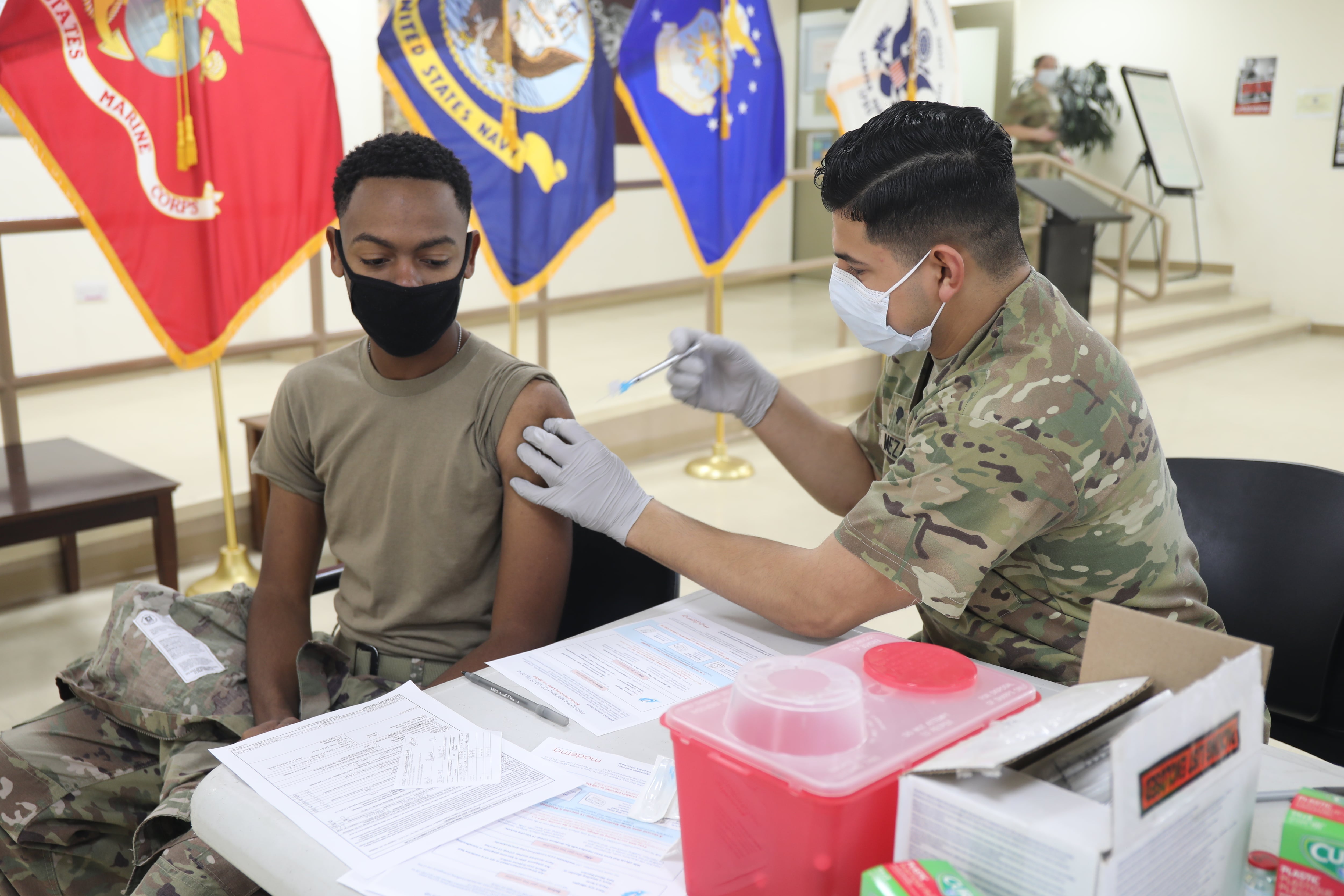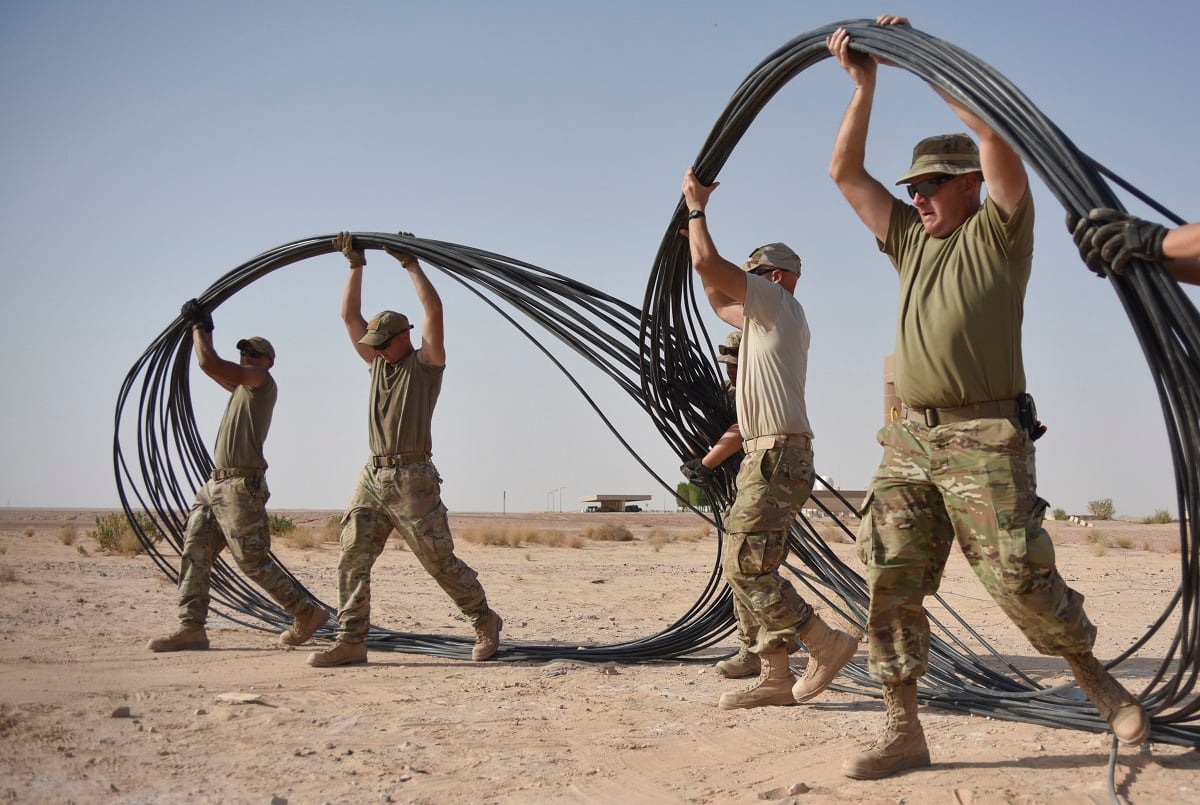In late February, the commander of an Air Force medical squadron deployed to Saudi Arabia posted a video online, noting a “concerning rise” in the number of cases of COVID-19 in that country.
The Defense Department and the services have largely kept mum about cases at individual bases, citing operational security concerns, but a Pentagon spokesman confirmed to Military Times on Wednesday that there had been something of a spike last month.
“Regionally, there has been a large increase in COVID-19 cases, both in host nations, as well as on U.S. military installations,” Air Force Lt. Col. Daniel Hatcher, who commands the 378th Expeditionary Medical Squadron at Prince Sultan Air Base, said in the Feb. 24 video.
Hatcher went on to say that his medical staff had “recently” administered first rounds of vaccines to medical personnel, who have been at the top of the vaccination priority list since DoD received its first doses in mid-December.
“We anticipate over the next few months that PSAD will see more availability of the vaccine,” Hatcher said, his comments lining up with recent concerns about how long it was taking to get troops downrange vaccinated.
While specific numbers were not available, Pentagon spokesman John Kirby told Military Times on Wednesday that the trends in new COVID-19 cases among deployed troops are not significantly different than what the department is seeing stateside.
“Cases in Air Force Central Command have been well below comparable U.S. averages, especially at Prince Sultan Air Base,” Kirby said, adding that current totals are at fewer than five active cases in the command and fewer than one new case-per-100,000 personnel daily.
There had been some “slight spikes in the host nations” at the time of the video’s filming, he added.
RELATED

“As I understand it, since that video has been made, additional vaccines have been sent to Central Command to help them flesh out their vaccine distribution program,” Kirby said.
Part of the delay had to do with DoD’s original vaccination plan, which put deployed troops in the second phase of vaccination ―technically, the second part of “Phase 1″ ― while troops preparing to deploy were a higher priority.
There had been “a sort of concern by operational commanders not to have the vaccine,” Kirby said, “because they didn’t want deployed troops to fall ill as a result of the second shot, if you will.”
But the evidence has shown that adverse reactions are rare, and so the department has accelerated its effort to get doses downrange.
DoD has administered more than 1.3 million vaccinations, according to the Centers for Disease Control and Prevention’s online tracker, which until recently provided much more granular data ― including the number of doses distributed, the number of first and second doses given and the number of vaccinations given to recipients over and below 18 years old.
According to the department’s COVID-19 case tracker, more than 160,000 troops have tested positive for the novel coronavirus, including 1,424 hospitalizations and 24 deaths.
That puts the military’s infection rate at 7 percent, versus the U.S.’s overall 9-percent infection rate. The military’s death rate has been consistently a fraction of 1 percent, while the U.S. has fluctuated around the 2-percent rate for most of the pandemic.
Meghann Myers is the Pentagon bureau chief at Military Times. She covers operations, policy, personnel, leadership and other issues affecting service members.









